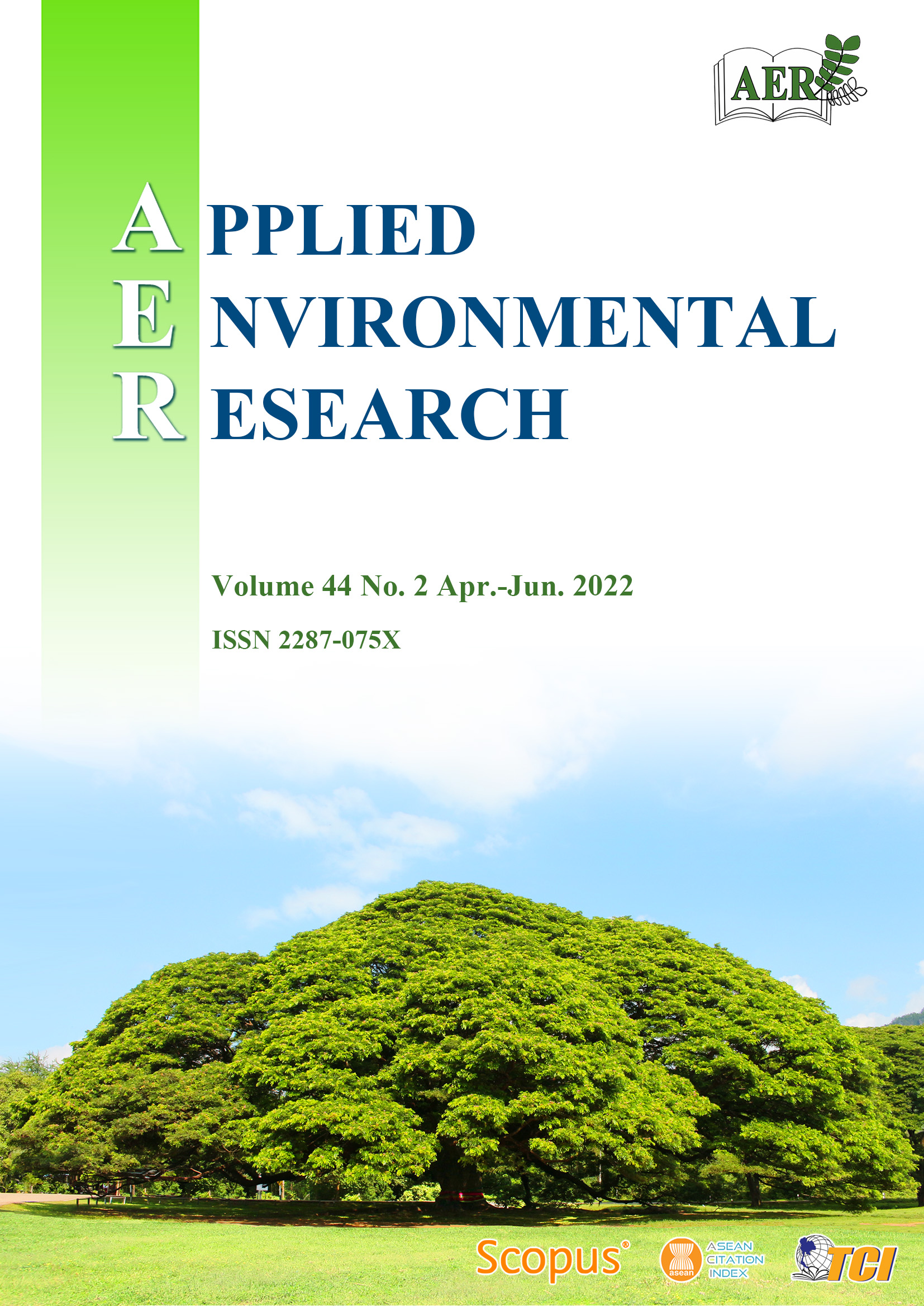Biochar from Empty Date Fruit Bunch as an Adsorbent to Remove Eriochrome Black T and Methylene Blue from Aqueous Solution
Main Article Content
Abstract
Date fruit has a significant role in Sahara countries' economies. In this study, a bunch of empty dates waste was used to produce biochar, which will be used to adsorb Eriochrome black T (EBT) and methylene blue (MB) dyes from aqueous solution. The dates bunch was washed, dried, and ground into small particles. Then it was heated in a muffle furnace at 850 °C. The biochar from empty date bunches (BEDB) characteristics before and after adsorption was determined by using scanning electron microscopy (SEM) and Fourier transform infrared (FTIR) spectroscopy. The experiment has used different parameters notably initial concentration (25 – 100 mg L-1), contact time (0 – 90 min), BEDB amount (0.01 – 0.05 g), and different solutions pH (2 – 10) in batch adsorption. This investigation has shown that Langmuir and pseudo-second-order isotherm models were well-fitted than Freundlich and pseudo-first-order. The maximum capacity of adsorption was 58.47 and 80.64 mg g-1 for EBT and MB removal, respectively at 25°C. The results obtained show that BEDB sorbent has an important adsorption capacity of dyes removal and has a performance to eliminate EBT and MB dyes from aqueous solution.
Article Details

This work is licensed under a Creative Commons Attribution-NonCommercial 4.0 International License.
Published articles are under the copyright of the Applied Environmental Research effective when the article is accepted for publication thus granting Applied Environmental Research all rights for the work so that both parties may be protected from the consequences of unauthorized use. Partially or totally publication of an article elsewhere is possible only after the consent from the editors.

